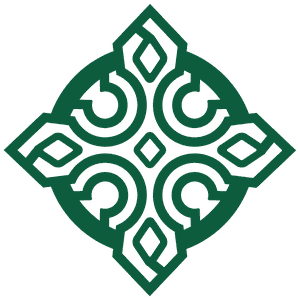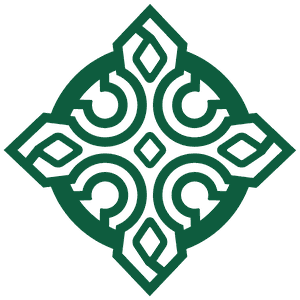Sunday, August 29, 2021
“He summoned the crowd again and said to them,
‘Hear me, all of you, and understand.
Nothing that enters one from outside can defile that person;
but the things that come out from within are what defile.
From within people, from their hearts,
come evil thoughts, unchastity, theft, murder,
adultery, greed, malice, deceit,
licentiousness, envy, blasphemy, arrogance, folly.
All these evils come from within and they defile.’”
There is something transcendent about the human person. The seven sacraments (Baptism, Eucharist, Confirmation, Reconciliation, Anointing, Marriage, and Holy Orders) are defined in the catechism as “efficacious signs of grace, instituted by Christ and entrusted to the Church, by which divine life is dispensed to us.” St. Augustine called them “visible signs of invisible grace.” They are signs, but they are signs which bring about that which they signify. In other words, they are real. God’s grace (ultimately, divine life) is present in the things, words, and actions that make up the sacraments. There is a sense in which the Church has also recognized that Jesus is the sacrament of God, called by some the primordial sacrament. In his humanity, Jesus makes visible the invisible life of God. He makes present the grace of God and is the full revelation of the divine, the Word made flesh. Likewise, there is a sense in which the Church is the sacrament of Jesus. As Jesus’s body on earth, the work of the Holy Spirit within the Church makes real the encounter with Jesus Christ in the Church. It is a complex reality, with both human and divine elements and with weaknesses that we all too readily perceive, but the Church is also the very presence of Christ on earth. In you and me, as members of his body, others may encounter Jesus himself through us. It is more of a stretch, but there is a way in which each of us, in our own humanity and made in the image and likeness of God, reveal something about our creator. It is not a direct and immediate conferral of grace. We are not efficacious signs, like the sacraments, but we are signs of divine life. We are more than we appear. There is a great mystery and eternal destiny within each one of us. As Thomas Merton said, we “are all walking around shining like the sun.”
Another view sees us as nothing more than a sum of our parts. Biological processes, brain chemistry, psychological development, life experiences, a series of inputs and outputs, and physics (or quantum physics), either individually or in concert are understood to determine our actions, behaviors, and desires. This flat view proposes that we cannot be other than we are. It is a somewhat mechanical view of the natural world and of humans, in particular. This may vary on a spectrum from the dispersal of particles in the Big Bang 13.8 billion years ago determining what I ordered for lunch yesterday to an infinite number of universes containing all possibilities and I just happen to be aware of the one in which I ordered a hamburger. In any case, there is no room for mystery, freedom, grace, or divine life. There is also no room for sin, defilement, responsibility, or, even, a human heart from which the good and the bad come forth. There may not even be good or bad—it just is what it is. I have proposed an extreme characterization and there is greater nuance in these approaches, even great value, but we have to leave room for mystery, for sacrament. Transcendence, divine life, grace, faith, hope, and love depend on it. We must remember that there is more than meets the eye, more than the surface of things, more to this life. God made us for more. God saved us for more.


